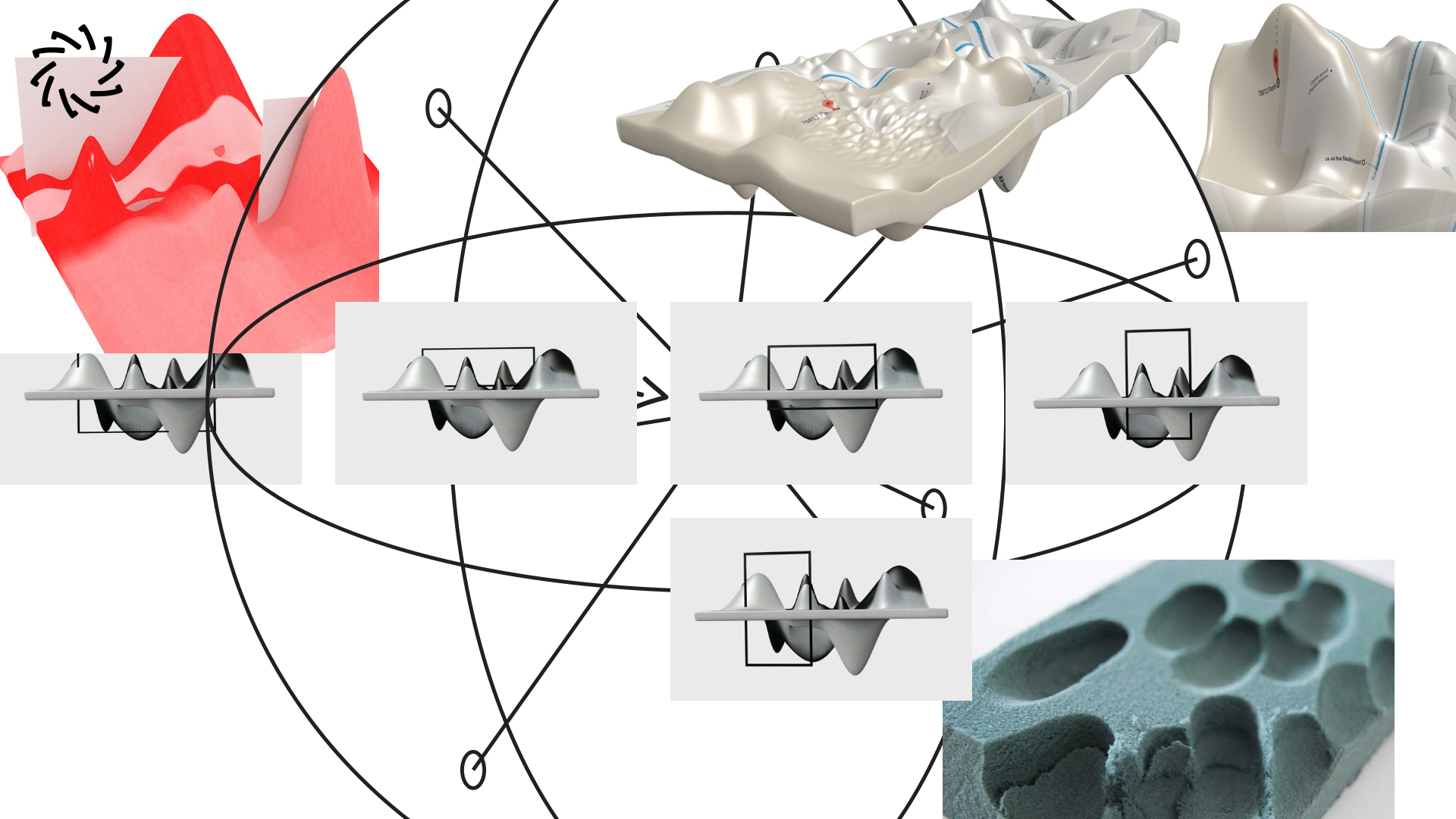Spatial analysis as a tool for socio-political purposes
Photo: Tanja Kanazir / Drugo more (Flickr galerija)
Through a series of hypotheses, Critical Atlas of Internet by the young French artist Louise Drulhe aims to develop 15 conceptual spatialization exercises. The purpose of the atlas is to use spatial analysis as a key to understanding social, political and economic issues on Internet by applying assumptions such as: Internet is a dot, Internet’s relief is shaped and controlled, Internet is a dumb network, etc. Drulhe developed this theoretical and visual research within the context of her graduation project within École nationale supérieure des arts décoratifs in Paris.
The exhibition will open on Thursday, March 16th, at 20:00h. On the next day – Friday, March 17th at 10:00 and 12.30 – visitors are invited to join a guided tour by the artist herself and find out more details about her works.
The Critical Atlas of Internet will remain in Filodrammatica Gallery until April 7th. Admission is free.
Drulhe described her pioniring experience as an Internet cartographer in an interview for the Furtherfield online magazine, where she pointed out:
“The way we access representations of the Earth today is really magical. Google provides easy access to an extremely precise representation of the Earth through satellite images and maps… But for the territory of Internet, it’s the opposite. (…) I would love to see what a Google street view of the Internet looks like!”
As is the case of internet space, the construction of the Atlas is based on digital architecture. Seeking to discern the shape of the Internet in order to understand the concrete issues and stakes involved, Drulhe organized her research through a set of hypotheses, a series of reflections about Internet representation and mapping. Each hypothesis is a conceptual spatialization exercise illustrated by a set of visual elements (drawings, schemas, objects, 3D models, and videos). She justified her hypotheses, in a scientific manner, with tangible arguments and concrete notions of the Internet structure, and built up her research in the form of an atlas.
Video-report by Moja Rijeka from the exhibition opening
At the visual level, Drulhe designed the atlas as she would build up a space: as a publication with an infinite number of formats, both online (website) and on paper (books, posters). She took the premise that websites have, by default, an infinite number of display possibilities, and developed it further by carrying out an experimental design: a book with a multitude of formats. Using CSS-Print, she designed the Atlas layout by creating a set of guidelines. From the browser, the layout is generated automatically according to the format, and continually readapted from book to poster format. The Critical Atlas of Internet is an intangible space, a single computer code with an infinite number of display possibilities ranging from screen to paper to exhibition space.
The exhibition will also present Drulhe’s more recent work, Blockchain, an Architecture of Control? It’s a 15-minute video that studies the socio-political issues of the blockchain based on a spatial analysis, putting forward an original visualisation of this technology.

The blockchain and Internet representations, displayed as a diptych, create an implicit dialogue between those two architectures of control.
“We often move from one place to another and from one space to another without thinking of measuring or taking account of those space ‘lapses’. The problem is not to invent space, even less to re-invent it (…), but to question it, or simply read it.”
– Perec, Georges. Espèces d’espaces, Éditions Galilée, 1974.






